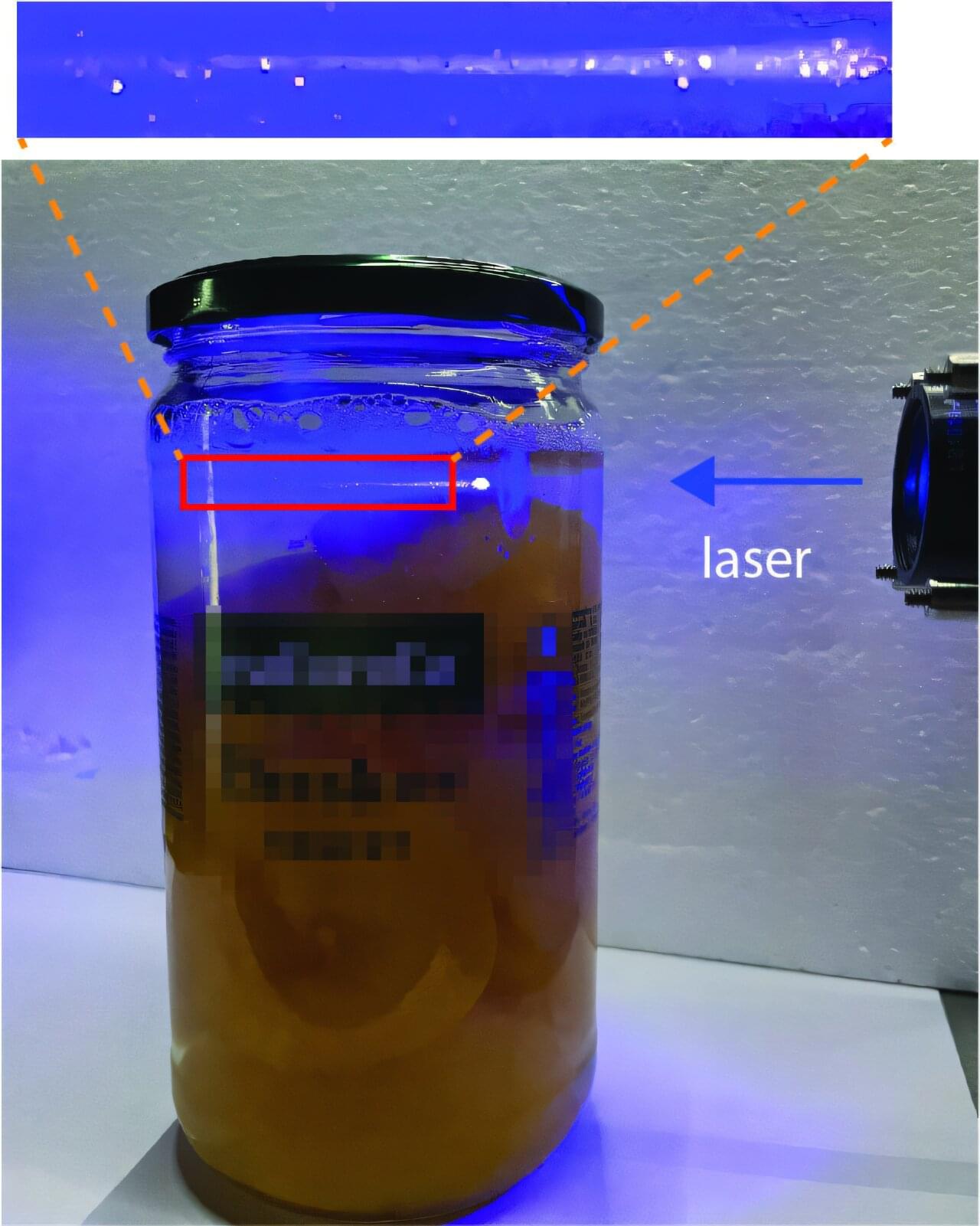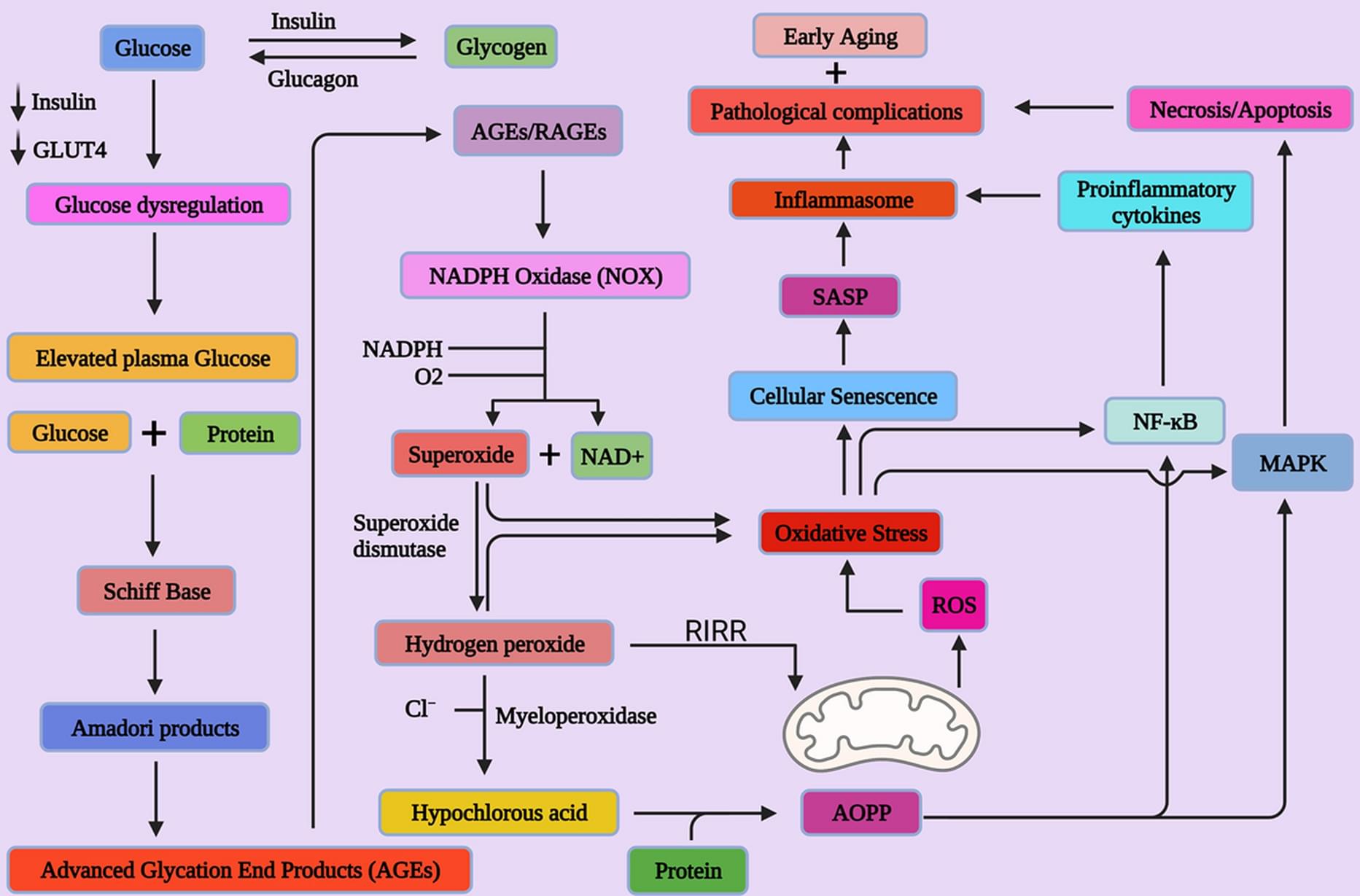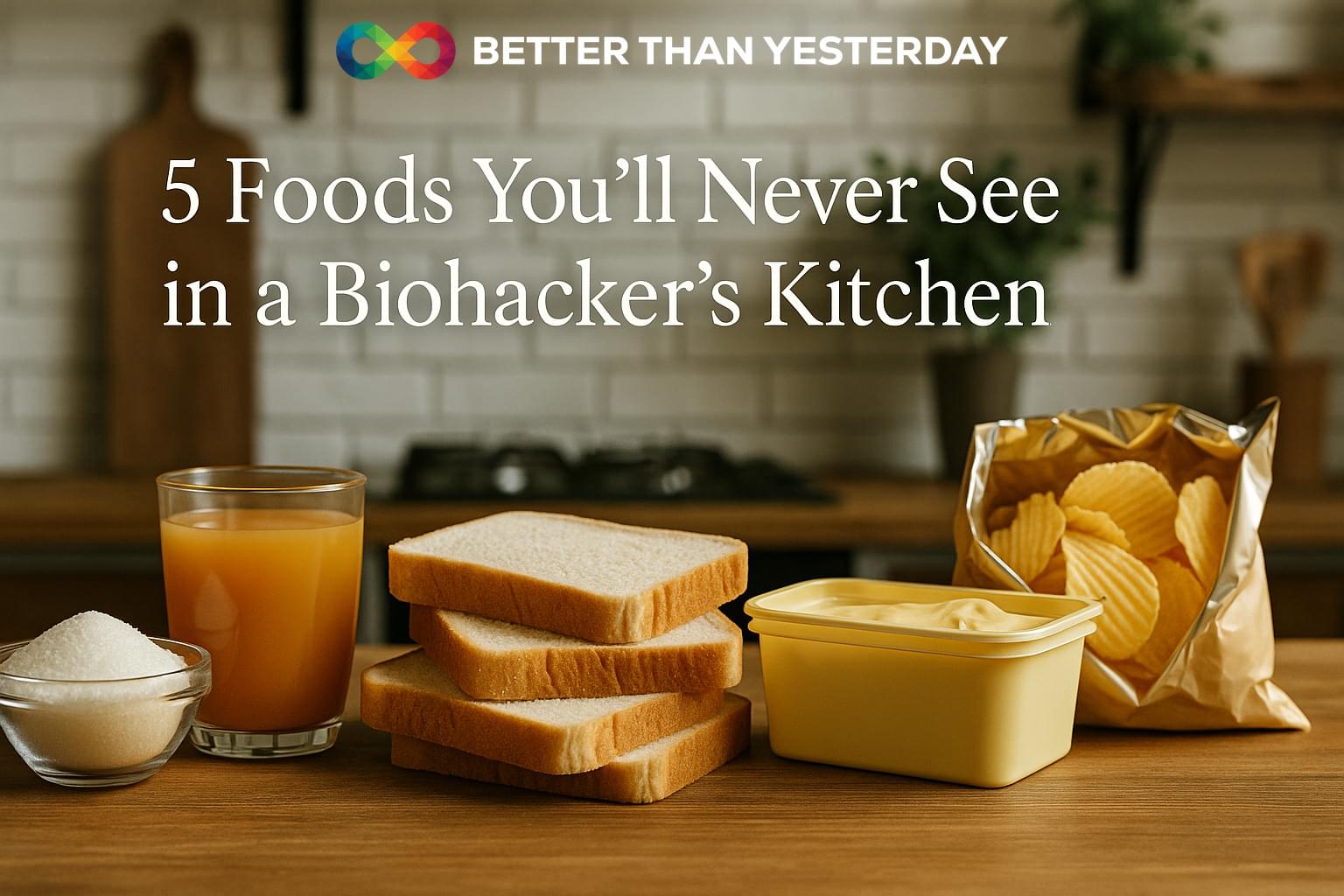What is that burger really doing to you?



If you’ve ever consumed food made with olive oil, there’s a good chance you’ve unknowingly ingested materials capable of producing lasers. Researchers have recently demonstrated edible microlasers—tiny lasers made entirely from food-safe materials—that can be used for food monitoring, product authentication and tagging. These edible microlasers are composed of droplets of oil or water–glycerol mixtures doped with natural optical gain substances, such as chlorophyll (the green pigment in leaves) or riboflavin (vitamin B2).
Researchers have shown that olive oil already contains enough chlorophyll to be used directly as a laser in the form of droplets without the need for additional ingredients. They can be excited using external light, such as a pulsed laser. The research is published in the journal Advanced Optical Materials.
Edible microlasers can be realized in different configurations, including whispering gallery modes (where light circulates inside a droplet) and Fabry–Pérot cavities (where light reflects back and forth between two surfaces). Their emission properties can be tuned by varying the cavity size or the surrounding conditions, such as the refractive index of the medium.
While we may still not have flying cars, robot butlers or food replicators actually in our possession, you can now order something else you may have long dreamt of. It’s called the Photon Matrix, and it uses lasers to track and kill airborne mosquitoes.
Currently the subject of an Indiegogo campaign, the Chinese-designed device is claimed to be capable of detecting a mosquito and gauging its distance, orientation and body size within just 3 milliseconds.
It does so using a LiDAR (light detection and ranging) module which determines the locations of objects by emitting laser light pulses, then measuring how long it takes that laser light to be reflected back by whatever it hits. When a mosquito is detected in this fashion, a second galvanometer-directed laser is instantaneously used to fatally zap the insect.

Geroprotectors, a class of compounds that ameliorate molecular, cellular, or physiological aging-related alterations, have garnered significant attention in the quest to promote healthy aging and extend the human health span. Among these, Calorie Restriction Mimetics (CRMs) have emerged as promising candidates due to their potential to mimic the benefits of calorie restriction, a dietary approach involving reduced calorie intake without malnutrition. Prospective CRMs may include biguanides (metformin and aminoguanidine), which exert effects on the insulin signaling pathway; rapamycin, which interacts with mTOR signaling pathways; and stilbenes (resveratrol), which influences stress signaling pathways and promotes the activation of AMPK, impacting mitochondrial metabolism in addition to the activity of FOXO and sirtuin.
Dyson Farming’s 26-acre glasshouse in Lincolnshire is already home to 1,225,000 strawberry plants, which are grown all year round, to produce over 1,250 tonnes of high-quality British strawberries.
Dyson is always looking to maximise efficiency of the farms and the quality of their produce. The most recent development in the glasshouse is Dyson’s Hybrid Vertical Growing System, the trial of which has just finished. It exceeded all expectations, boosting yields by 250% whilst optimising the quality of the fruit.



Whether you feed bread to ducks at the local pond or hang a bird feeder on your back porch, the food you’re offering wild birds plays a role in their ability to tolerate infection. New research from the University of Arkansas has found that canaries fed a high-protein diet fared better when it came to immune function and tolerating infection than canaries fed a high-lipid (fatty) diet.
The findings included molecular analysis of blood draws, revealing how different diets trigger the expression of different immune-related genes, both before and after infection.
“Our results are exciting because of the importance of human-supplemented food in wildlife disease systems, especially wild birds, which are commonly provided with supplemental food via bird feeders,” said Erin Sauer, a first co-author of the study.

Caffeine has long been associated with health benefits, including a reduced risk of age-related diseases. However, the specifics of how caffeine interacts with cellular mechanisms and nutrient and stress-responsive gene networks have remained elusive — until now.
In this pioneering research, published in the journal Microbial Cell, scientists used fission yeast, a single-celled organism with surprising similarities to human cells, to delve deeper into caffeine’s impact.
The researchers discovered that caffeine influences aging by engaging an ancient cellular energy system.
A few years ago, the same team found that caffeine prolongs cell life by acting on a growth regulator known as TOR (Target of Rapamycin). TOR is a molecular switch that regulates cell growth based on available food and energy and has been part of the evolutionary landscape for over 500 million years.
However, their latest study unveiled a surprising new finding: caffeine does not directly act on the TOR switch. Instead, it activates AMPK, a cellular fuel gauge that is conserved through evolution in both yeast and humans.
“When your cells are low on energy, AMPK kicks in to help them cope,” senior author Charalampos (Babis) Rallis, a reader in genetics, genomics and fundamental cell biology at Queen Mary University of London, said in a news release. “And our results show that caffeine helps flip that switch.”
Intriguingly, AMPK is also the target of metformin, a common diabetes medication currently under scrutiny for its potential to extend human lifespan when used alongside rapamycin.
A science fiction story brought to life through a pro-GMO dinner.